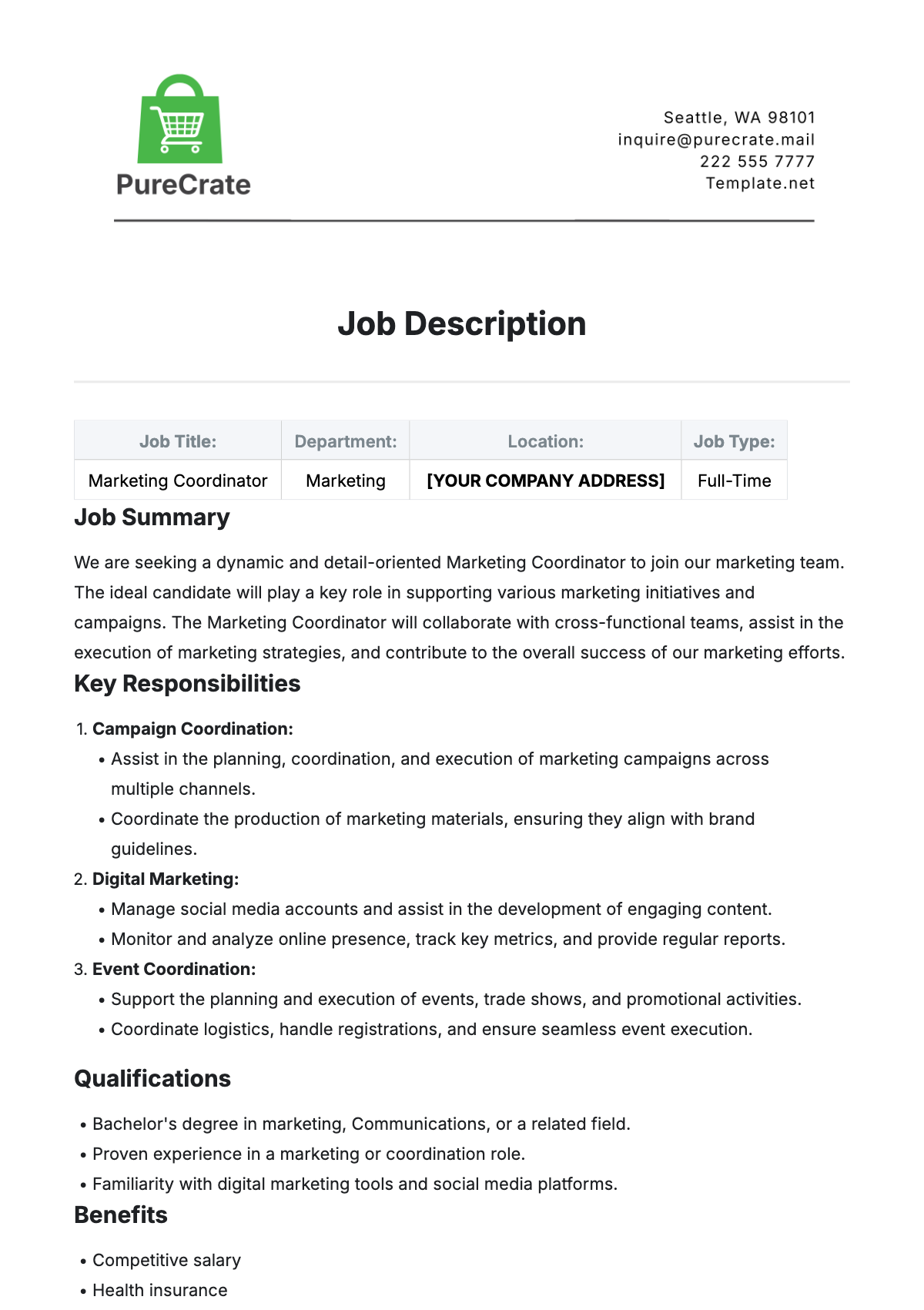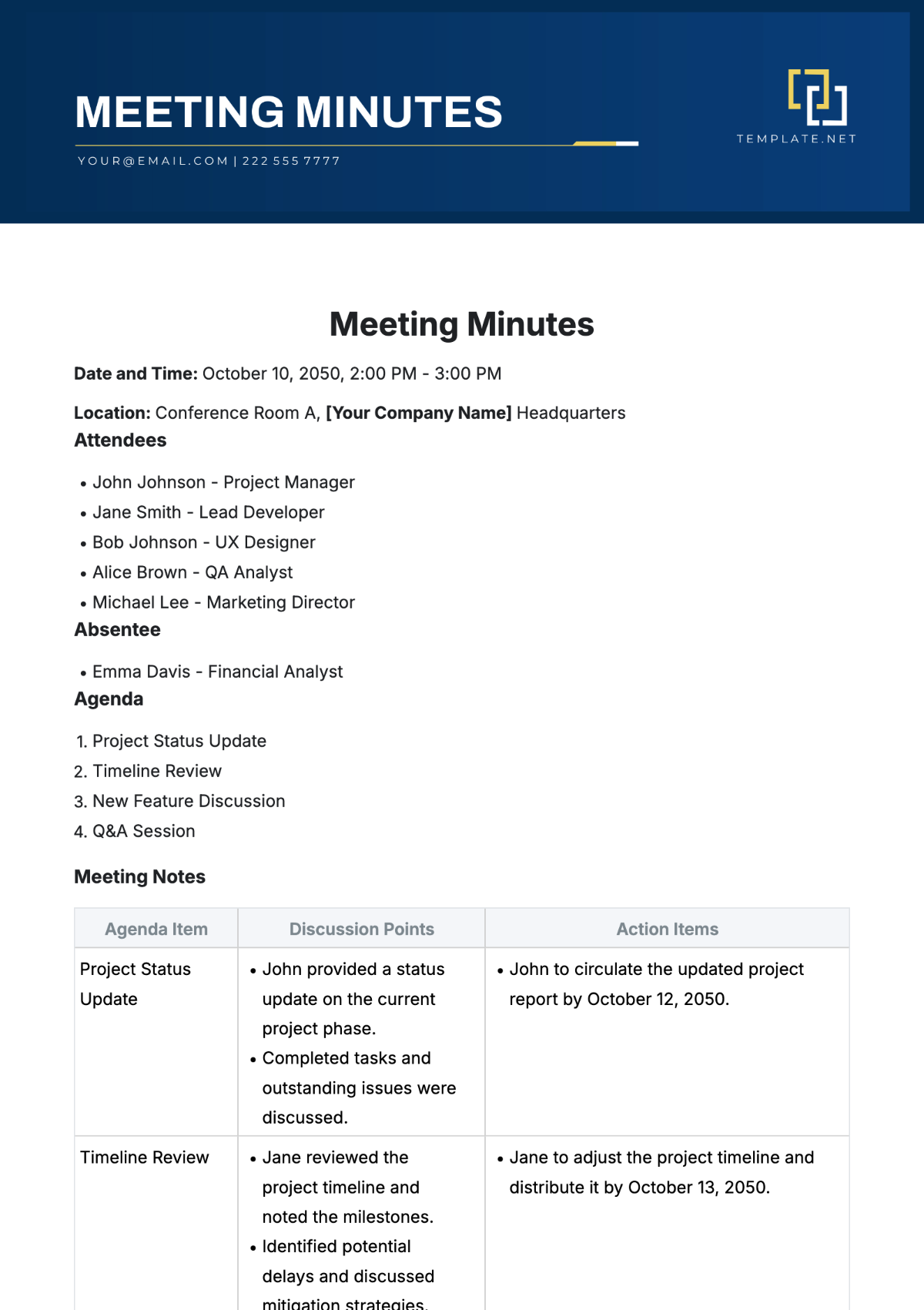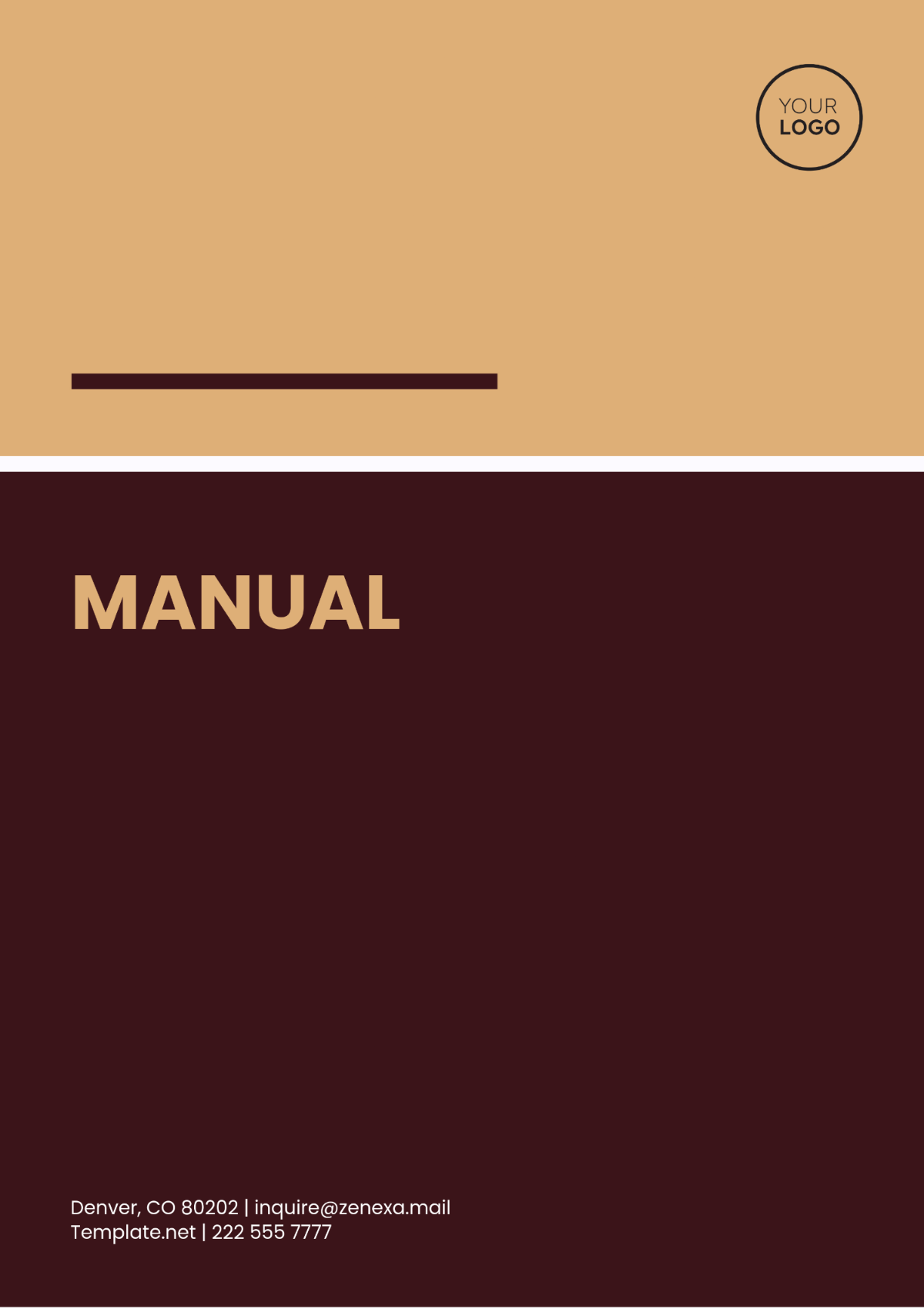Utilities and Facilities Protocol
Name: | [YOUR NAME] |
|---|---|
Company: | [YOUR COMPANY NAME] |
Department: | [YOUR DEPARTMENT] |
Date: | [DATE] |
I. Objective
The Utilities and Facilities Protocol is designed to ensure the efficient management and maintenance of essential utilities and facilities within an organization. By establishing clear guidelines and procedures, this protocol aims to optimize resource utilization, minimize downtime, and enhance overall operational efficiency.
II. Scope
This protocol encompasses the management, maintenance, and usage of utilities and facilities, including but not limited to electricity, water, heating, ventilation, air conditioning (HVAC), telecommunications, office space, and equipment.
III. Responsibilities
Facilities Manager:
Oversee the overall management and maintenance of facilities and utilities.
Develop and implement maintenance schedules for all utilities and facilities.
Coordinate with relevant departments to address any issues or concerns regarding utilities and facilities.
Ensure compliance with safety and regulatory standards.
Utility Supervisor:
Monitor the consumption of utilities and identify opportunities for conservation.
Coordinate with vendors and service providers for the timely maintenance and repair of utility systems.
Conduct regular inspections to detect and address any utility-related issues promptly.
Implement measures to improve the efficiency of utility systems.
Maintenance Team:
Execute maintenance tasks according to the schedule provided by the Facilities Manager.
Respond promptly to maintenance requests and emergencies.
Document all maintenance activities and report any abnormalities or deficiencies.
IV. Procedures
Regular Maintenance:
Develop a comprehensive maintenance schedule for all utilities and facilities.
Conduct routine inspections to identify potential issues and address them proactively.
Schedule preventive maintenance tasks to minimize downtime and extend the lifespan of equipment.
Emergency Response:
Establish protocols for responding to utility failures or emergencies.
Maintain emergency contact lists for relevant personnel and service providers.
Implement backup systems or contingency plans to mitigate the impact of utility disruptions.
Resource Conservation:
Promote energy and water conservation practices among employees.
Implement energy-efficient technologies and practices wherever feasible.
Monitor utility consumption regularly and identify areas for improvement.
Documentation and Reporting:
Maintain accurate records of utility consumption, maintenance activities, and expenditures.
Generate reports detailing utility usage trends, maintenance schedules, and efficiency measures.
Review reports periodically to identify opportunities for optimization and cost savings.
V. Training
Provide training sessions for employees on energy conservation practices, emergency procedures, and the proper usage of facilities and equipment.
VI. Review and Revision
Regularly review the Utilities and Facilities Protocol to ensure its effectiveness and relevance. Update the protocol as needed to reflect changes in technology, regulations, or organizational requirements.
VII. Compliance
All personnel are expected to comply with the guidelines and procedures outlined in the Utilities and Facilities Protocol. Non-compliance may result in disciplinary action.
VIII. Approval
This protocol is subject to approval by senior management or the designated authority before implementation.
IX. Effective Date
The Utilities and Facilities Protocol shall take effect upon approval and shall remain in force until amended or superseded by a subsequent version.
This protocol serves as a framework for the efficient management and maintenance of utilities and facilities within the organization. By adhering to its guidelines and procedures, we can ensure the optimal functioning of essential infrastructure while minimizing operational disruptions and resource wastage.

















































